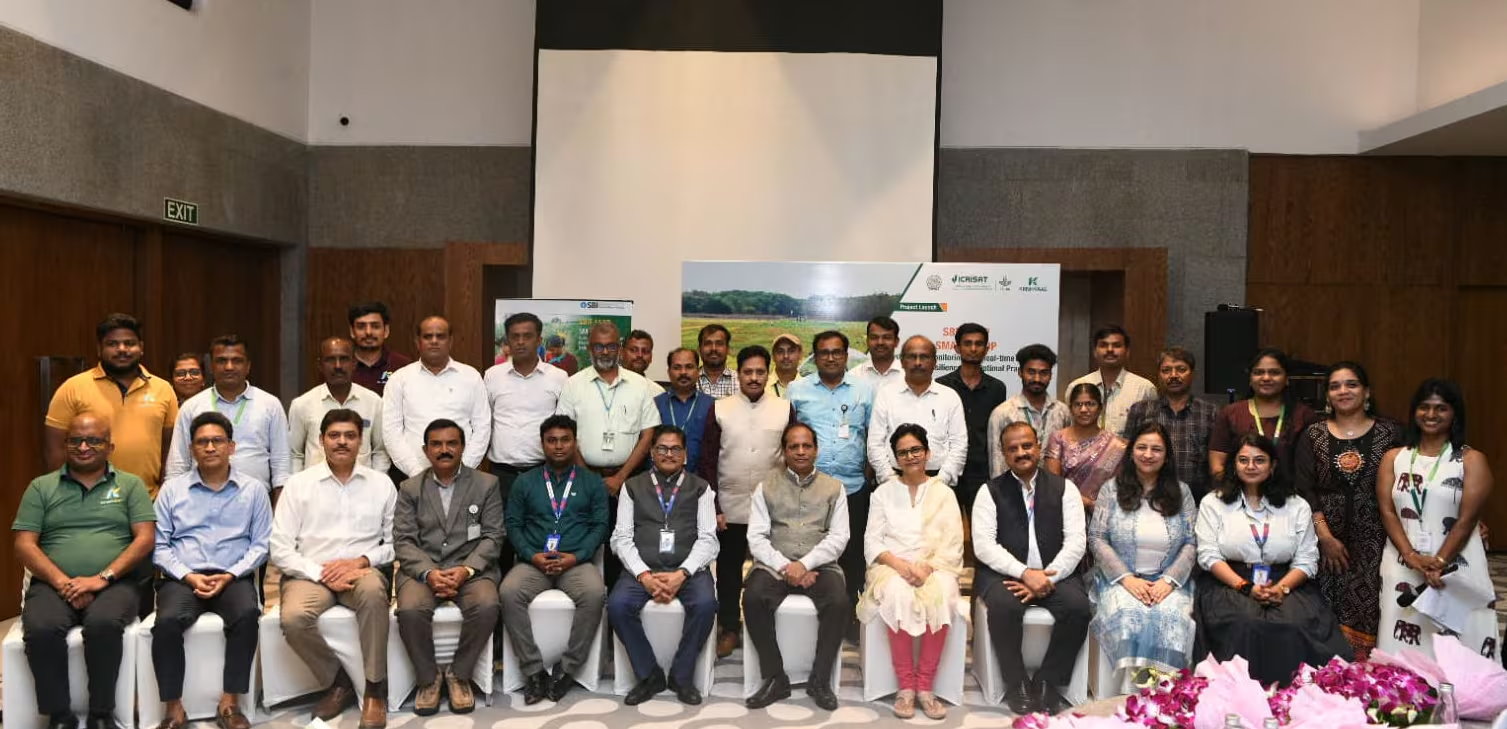Bruno and Yellow Beans: Artificial Intelligence in the Field
- From
-
Published on
08.02.24
- Impact Area

Heat bounces off the rocks as Bakari Hamisi Sumawe leads the way to his bean field. It is not a short walk. Navigating steep rock inclines and thick forest pathways, it takes around an hour to reach his plot.
“Why did we farm in a valley?” he reflects. “Because there’s a reliable supply of water for irrigation. There’s always a possibility of a good harvest because of the constant supply of water,” he explains.
Common bean plants need water to flower. Without water, from irrigation sources or from rain, the flowers abort. Fewer flowers are then converted into pods, and that translates into lower yield.
In a twist of cruel irony so often associated with climate change, Sumawe faces another problem: too much rainfall. “When the rain is too much to harvest, it is hard to store [the beans]. It’s costly, the costs become more than the production,” he explains.
Related news
-

SBI Foundation Joins Hands with UAS Raichur and ICRISAT to Launch “SMART-CROP” Initiative
International Crops Research Institute for the Semi-Arid Tropics (ICRISAT)29.10.25-
Big data
-
Poverty reduction, livelihoods & jobs
SBI Foundation, the Corporate Social Responsibility (CSR) arm of the State Bank of India, has…
Read more -
-

Crops in focus: How the observatories are transforming data access
The Alliance of Bioversity International and the International Center for Tropical Agriculture (CIAT)07.10.25-
Big data
-
Nutrition, health & food security
In today’s world, data is everywhere, but finding the right information is often a challenge.…
Read more -
-

Scenarios for change: Digital technologies and the future of food, land, and water systems
The Alliance of Bioversity International and the International Center for Tropical Agriculture (CIAT)06.10.25-
Big data
-
Climate adaptation & mitigation
Bringing together diverse voices to anticipate challenges, identify opportunities, and strengthen CG…
Read more -
